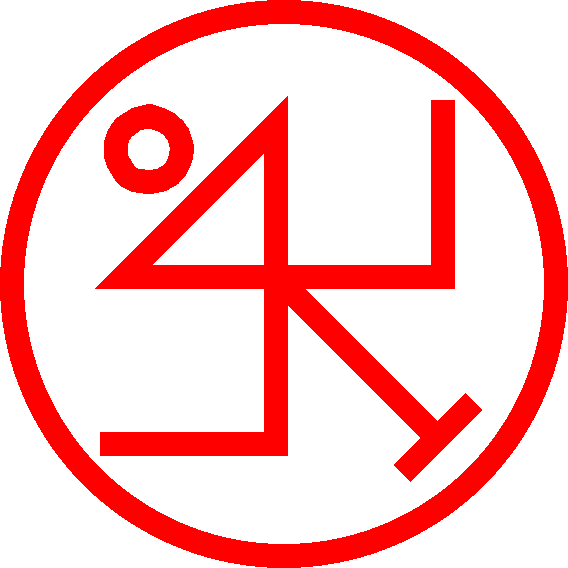The Pairing procedure is (fortunately) much simpler than the Counting one. Let us suppose we are now about to pair the same pack that we used in the Counting procedure:

Of course Crowley had to go and make this complicated, so there’s the Golden Dawn way and the Crowley way.
Golden Dawn method
Simply take pairs of cards from opposite ends of the pack, working inward:
- Tower and Moon
- Queen of Cups and Five of Pentacles
- Hierophant and Two of Pentacles
- Page of Wands and Knight of Cups
- King of Pentacles and The Fool
- Ace of Wands and Six of Cups
Crowley’s method
Take pairs of cards starting with those to the sides of the Significator and working outward, wrapping around. To make this clearer, imagine we bend the pack until it is in a circle:

Now suppose again that the Significator is the Queen of Cups. Our pairs are, working outwards and around the circle from the Significator:
- The Tower and The Hierophant
- The Moon and the Page of Wands. (Notice how we wrapped around from the Tower to the Moon, if we had kept the pack in a line.)
- Five of Pentacles and the King of Pentacles
- Two of Pentacles and Ace of Wands
- Knight of Cups and Six of Cups
- The Fool is left unpaired.
Notice that for any given set of cards, one of these two systems will always leave a card unpaired. If there is an even number of cards in the pack, Crowley’s pairing will leave one unpaired (the one which is “opposite” the Significator, in the circle). If there is an odd number of cards in the pack, the Golden Dawn pairing will leave the one in the middle unpaired.
The examples given in The Golden Dawn make it clear that an unpaired card is used as the last part of the story, but as with everything else … it’s going to be up to your intuition, experience, and preference.
